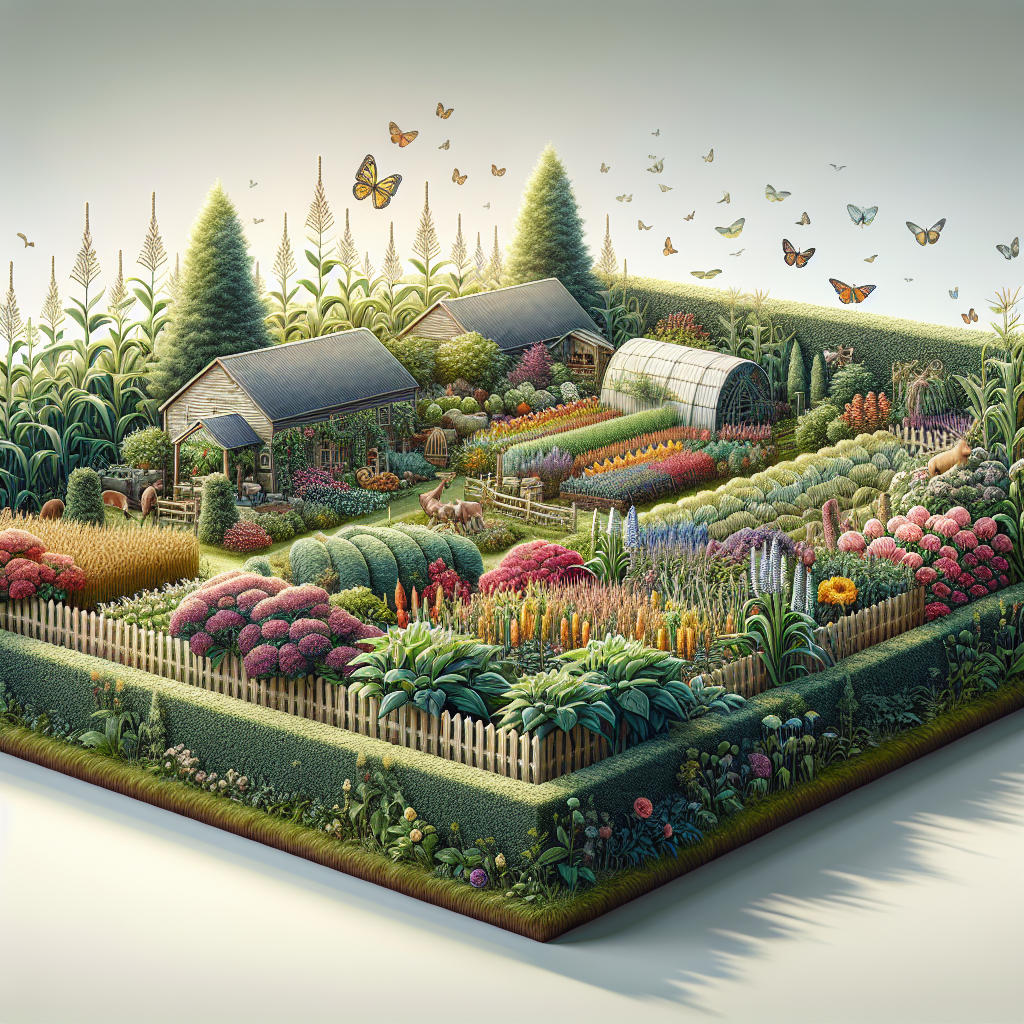Organic Farming and Its Role in Supporting Biodiversity
Organic farming has emerged as a powerful ally in preserving biodiversity, offering a sustainable alternative to conventional agricultural practices. By avoiding synthetic pesticides, genetically modified organisms, and chemical fertilizers, organic farms create healthier ecosystems that support a wide variety of plant and animal species. This farming approach works in harmony with nature rather than against it, fostering complex food webs and maintaining ecological balance.
How Organic Farming Practices Enhance Biodiversity
Several key organic farming methods directly contribute to increased biodiversity:
- Crop rotation: Alternating different crops seasonally prevents soil depletion and supports diverse microbial communities
- Intercropping: Growing multiple crop species together mimics natural ecosystems and provides varied habitats
- Natural pest control: Encouraging beneficial insects reduces the need for chemical interventions
- Maintaining hedgerows: These act as wildlife corridors and nesting sites for birds and pollinators
- Organic soil management: Compost and green manure support soil organisms from bacteria to earthworms
The Biodiversity Gap: Organic vs. Conventional Farming
Research consistently shows that organic farms support 30-50% more species than conventional farms. A major study published in Nature Communications found that organic fields had:
- 34% more plant, insect, and animal species
- 50% more pollinator species
- 20% higher soil microbial diversity
Impact on Pollinators
The decline of bees and other pollinators is one of today’s most pressing environmental challenges. Organic farms serve as crucial refuges for these vital species by:
- Providing pesticide-free foraging areas
- Maintaining diverse flowering plants throughout growing seasons
- Preserving natural nesting habitats in field margins
Soil Biodiversity: The Hidden Ecosystem
Beneath our feet exists one of Earth’s most complex ecosystems. Organic farming nurtures this underground world through:
Microbial Diversity
Organic soils contain significantly more diverse microbial communities that:
- Improve nutrient cycling
- Enhance plant health
- Increase carbon sequestration
Earthworms and Soil Fauna
Organic fields typically have 3-5 times more earthworms than conventional fields. These “ecosystem engineers” improve soil structure, water infiltration, and organic matter breakdown.
Landscape-Level Biodiversity Benefits
The positive effects of organic farming extend beyond individual fields. When practiced across regions, organic agriculture can:
- Create wildlife corridors connecting fragmented habitats
- Reduce pesticide drift that harms surrounding ecosystems
- Support predator populations that control agricultural pests naturally
Case Study: Bird Populations
A 10-year study in England found organic farms supported:
- 35% more bird species
- 23% higher breeding densities
- More successful nesting rates for declining species like skylarks
Challenges and Future Directions
While organic farming clearly benefits biodiversity, challenges remain in scaling up these practices. Current research focuses on:
- Improving yields without compromising ecological benefits
- Developing region-specific organic approaches
- Creating policy incentives for biodiversity-friendly farming
The transition to organic farming represents one of our most promising strategies for reversing biodiversity loss while maintaining food production. As consumers increasingly support organic products, we have an opportunity to reshape agriculture into a force for ecological restoration.
